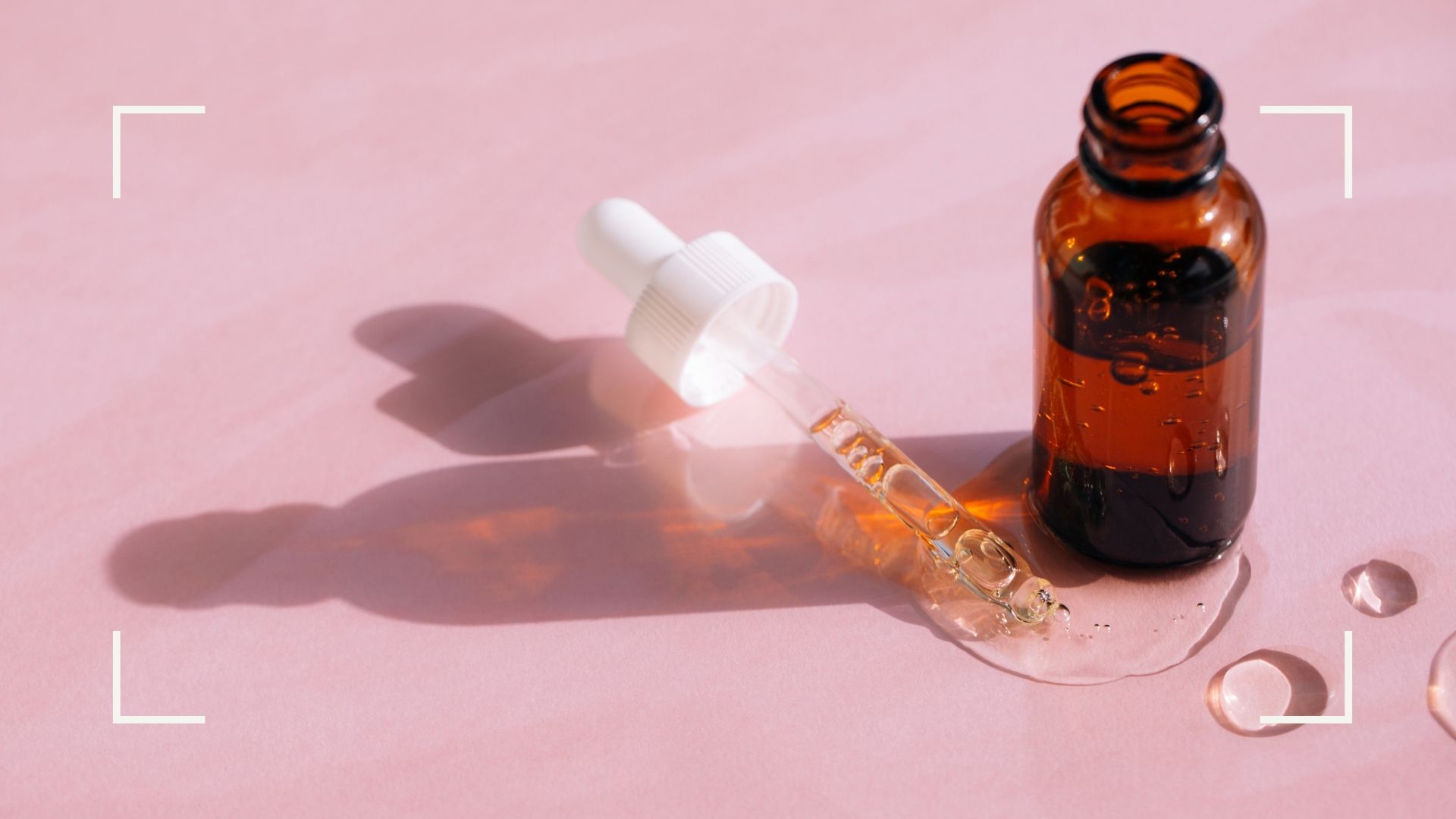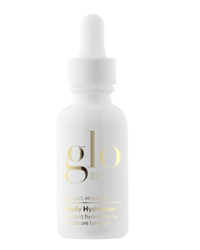What is sodium hyaluronate, and how does it work for the skin?
Sodium hyaluronate is a super skin hydrator and so much more besides - here's how to include it in your routine

If you've seen sodium hyaluronate on the labels of your skincare, but are wondering what exactly this ingredient is and how benefits your skin, we're here to help.
Put simply, sodium hyaluronate is the salt derivative of famous hydrating skincare ingredient, hyaluronic acid. When added to cosmetics, it not only draws in and retains moisture within the skin but also offers rebalacing and plumping effects. This is why some of the best face moisturizers and serums designed to hydrate are enriched with this ingredient.
It's also gentle, unlikely to irritate, and can penetrate more deeply than typical hyaluronic acid, which will be a godsend to anyone with dry or dehydrated skin. If this sounds appealing, we're just getting started. This guide will tell you everything you need to know about sodium hyaluronate, from its many uses and benefits to how to include it safely in your routine.
Sodium hyaluronate: everything you need to know
What is sodium hyaluronate
Sodium hyaluronate is an extract of hyaluronic acid (HA) in salt form, and both sodium hyaluronate and HA work in much the same way by holding up to 1,000 times their weight in water.
HA is naturally present in our joints, nerves, skin, and eyes, acting as a general hydrator and lubricant. As a derivative of HA, sodium hyaluronate is a perfect ingredient for anyone who wants skincare for dry skin. It is available in many forms, including the best cleansers, eye drops, nasal sprays, face wash, serum, lotions and gels, and is also used in facial filler injections to help combat wrinkles and loss of volume.
While HA and sodium hyaluronate are technically - if only slightly - different, both serve the same general purpose of hydrating and repairing skin. It's for this reason that skincare products that include sodium hyaluronate often list the true ingredient name in their detailed ingredients, but simply put "hyaluronic acid" on the label, as the term is more widely known. When comparing the two, there are far more similarities than differences. Sodium hyaluronate is just a little bit more stable and can penetrate the skin a little more deeply.
Sodium hyaluronate benefits
- Improved texture: Like any form of HA, sodium hyaluronate is a humectant ingredient, which draws moisture into the skin and holds it there to boost hydration levels. This increased hydration can help smooth a rough skin texture as well as soften wrinkles and fine lines such as crow's feet.
- Strengthened skin barrier: Sodium hyaluronate helps strengthen the skin barrier, which is the skin's outer layer that keeps irritants and other environmental aggressors out. This works especially well if you have sensitive skin that's easily irritated or prone to inflammation.
- Rebalances skin: If your skin has been thrown out of whack by using exfoliating acids or other harsh active ingredients, sodium hyaluronate can help to rebalance very dry or flaky areas. Conversely, it can also rebalance skin that has become oily as a result of a damaged barrier (a stripped skin barrier can cause the skin to overcompensate via sebum overproduction and breaking out) It is also non-comedogenic since it does not clog the pores.
- Plumps and volumizes: When sodium hyaluronate absorbs into the skin it creates temporary but instant plumpness to your skin. Additionally, it is used in injectable fillers to add volume. As the body already contains sodium hyaluronate, the likelihood of a reaction is reduced.
How to use sodium hyaluronate in your routine

Sodium hyaluronate is most commonly found in moisturizing creams and serums, which are generally designed to be applied twice a day, after cleansing and on top of any active treatments such as the best vitamin c serums or retinol. Depending on the texture of your sodium hyaluronate product, you may wish to further seal in hydration with a thicker emollient or occlusive moisturizer on top, particularly if you have very dry skin.
Sign up to our free daily email for the latest royal and entertainment news, interesting opinion, expert advice on styling and beauty trends, and no-nonsense guides to the health and wellness questions you want answered.
Sodium hyaluronate side effects
As a gentle, hydrating ingredient that is extracted from a naturally-occurring substance within our bodies, it is pretty rare to experience negative side effects to sodium hyaluronate, although not completely impossible. As with any skincare ingredient, discontinue the use of this compound if you develop any irritation such as redness, pain, flakiness, rashes, or itching.
Sodium hyaluronate buys our beauty team loves

The Ordinary Hyaluronic Acid 2% + B5 Hydrating Serum | RRP: $6.80/£5.90
This brilliantly straightforward serum combines various types of HA including sodium hyaluronate to offer hydration and barrier-boosting properties at every level of the skin.

Skinceuticals Hyaluronic Acid Intensifier | RRP: $102/£90
This souped-up high-tech serum contains brightening and pigmentation-fading ingredients such as licorice root as well as sodium hyaluronate and pore-clearing salicylic acid.

Glo Skin Daily Hydration | RRP: $64/£69
For those with dry skin, this serum contains high levels of sodium hyaluronate as well as Vitamin B5 to soften, hydrate, and condition the skin.

As woman&home's Beauty Channel Editor, Fiona Mckim loves to share her 15+ years of industry intel on womanandhome.com and Instagram (@fionamckim if you like hair experiments and cute shih-tzus). After interning at ELLE, Fiona joined woman&home as Assistant Beauty Editor in 2013 under industry legend Jo GB, who taught her to understand ingredients and take a cynical approach to marketing claims. She has since covered every corner of the industry, interviewing dermatologists and celebrities from Davina McCall to Dame Joan Collins, reporting backstage at London Fashion Week and judging the w&h Beauty Awards.

